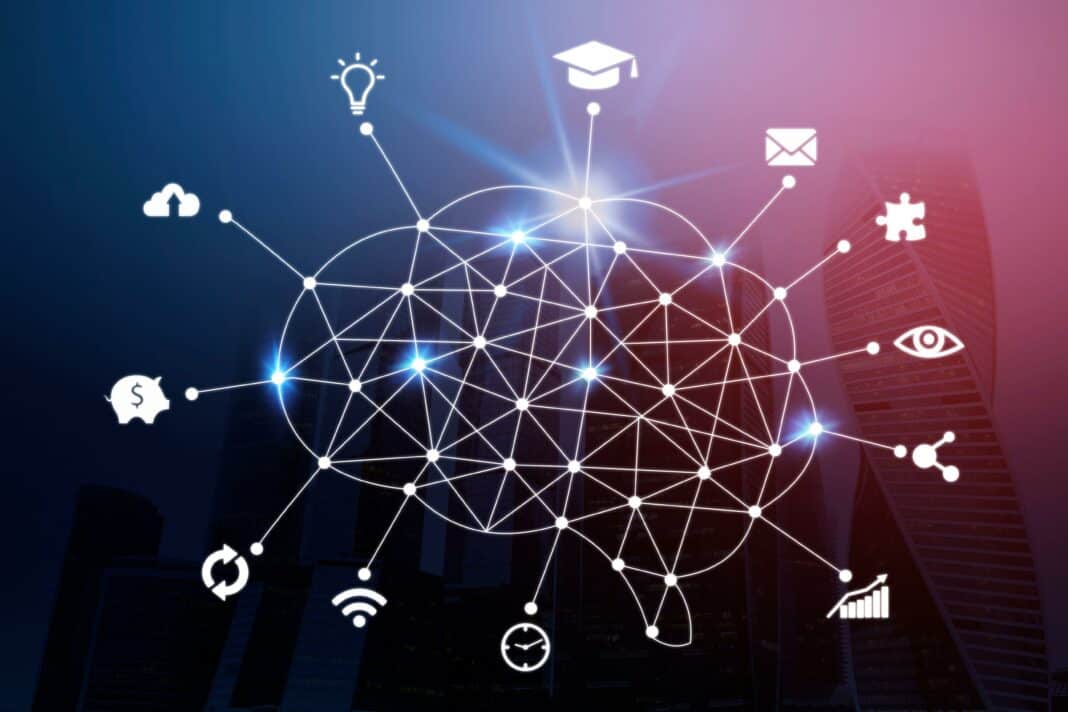Critical infrastructure systems support essential services such as power, water, transport, and healthcare. Because these sectors are interconnected, reliable communication is vital for smooth coordination and quick responses during emergencies.
Traditional communication methods often operate separately across teams and channels, which slows the flow of important information. Omnichannel communication addresses this by unifying voice, email, chat, and other platforms into one system, ensuring faster and clearer communication across all levels of operation.
What may seem like a simple upgrade is, in fact, crucial for maintaining the resilience of these systems. And when supported by artificial intelligence (AI)-powered contact centres and integrated service management tools, omnichannel systems become even more effective at managing incidents and maintaining coordination. In this article, we explore how omnichannel communication enhances service delivery and reliability across critical infrastructure sectors.
-
Establishes a Unified Communication Framework for Seamless Interoperability
Critical infrastructure sectors often rely on different communication systems that operate across various frequencies, networks, and devices. This can make coordination difficult, especially when quick information sharing is required. Omnichannel communication platforms help overcome these challenges by integrating all communication tools into one system, allowing messages and updates to move freely between departments, agencies, and field teams.
By enabling interoperability, omnichannel systems ensure that operators can connect instantly regardless of the technology they use. This integration helps prevent miscommunication and guarantees that important updates reach the right people at the right time. The result is a smoother exchange of information, which is essential for maintaining operational stability and supporting quick decision-making in critical situations.
-
Integrates with Service Management Tools for Efficient Operations
Omnichannel communication becomes even more powerful when integrated with service management tools. This connection allows reported issues or faults to be automatically logged, assigned, and tracked until they are resolved. Whether it’s a power outage or a network failure, the process moves faster because every communication triggers an actionable task that is visible to all relevant teams.
This integration also promotes accountability and transparency. Managers can monitor the progress of each incident in real time, ensuring that no request is missed or delayed. By combining communication and task management, organisations can improve overall response times and maintain consistent service delivery across their operations.
-
Strengthens Frontline Responsiveness through AI-Powered Contact Centres
AI-powered contact centres serve as the core of modern omnichannel systems. They manage a wide range of incoming communications from customers and internal teams, using artificial intelligence to categorise and route messages automatically. This ensures that each query or update reaches the appropriate team promptly, reducing confusion and delays.
Beyond routing, AI systems can detect spikes in calls or messages, analyse patterns, and even identify potential issues before they escalate into major problems. This level of automation enables human agents to focus on complex or high-priority cases. Overall, these capabilities create a more responsive communication framework that efficiently manages both everyday queries and large-scale incidents.
-
Improves Situational Awareness and Decision-Making
Omnichannel communication platforms give operators a unified view of what is happening across their networks by consolidating voice, chat, email, and other digital channels. Having all this information in one place enables teams to monitor ongoing activities and share updates in real time. This unified visibility helps reduce confusion and ensures that decisions are made based on accurate and up-to-date information.
With built-in analytics and reporting tools, these platforms can also identify trends and highlight recurring issues. Decision-makers can use these insights to prioritise resources, refine workflows, and anticipate problems before they escalate. This data-driven approach promotes continuous improvement and reinforces the overall reliability of essential services.
-
Enhances Continuity and Resilience During Emergencies
During emergencies such as natural disasters or cyber attacks, communication systems can quickly become overwhelmed or disrupted. Omnichannel platforms counter this by providing multiple ways to send and receive information, ensuring continuity even if one channel fails. This built-in redundancy strengthens an organisation’s ability to maintain control under pressure. As a result, teams can coordinate more effectively and keep critical services running despite adverse conditions.
-
Optimises Customer and Public User Experience
For citizens and customers, omnichannel communication offers an easy and consistent way to reach service providers. Whether they contact a utility company through chat or phone, they receive the same level of service and access to real-time updates. This helps reduce frustration, especially during service interruptions such as power outages or transport delays. From the operator’s side, this approach ensures that customer concerns are logged and resolved promptly, regardless of the channel used. AI tools can also provide instant responses to common queries, improving response times and freeing human staff to focus on more complex issues.
-
Facilitates Collaboration Across Agencies and Stakeholders
Many critical infrastructure sectors require close coordination between public agencies, private operators, and emergency responders. Omnichannel communication platforms support this by creating a shared environment where all stakeholders can exchange information and coordinate their actions in real time.
This integrated setup reduces duplication of effort and enhances overall situational coordination. It also ensures that everyone involved works from the same set of information, fostering transparency and trust between agencies, both of which are vital during high-pressure situations.
Building Resilient Services through Smarter Communication
As critical infrastructure systems grow more complex, the need for seamless and reliable communication becomes even more important. Omnichannel communication platforms bridge operational gaps and enhance coordination, improving responses during both routine operations and crises. Unifying information flow across all channels and stakeholders allows these systems to reinforce the reliability and resilience of essential services that communities depend on every day.




